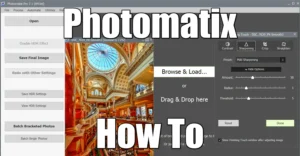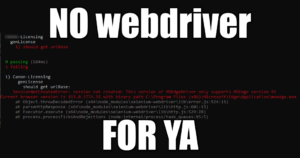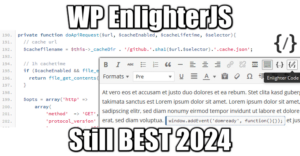Work Smarter: Prioritize with The MIT method
2 min readIn our series dedicated to help you diagnose your own productivity challenges, and work smarter: the MIT method.
This course will give you the skills to help you accomplish your daily essential tasks, saving you time, focus and energy.
In our last session we covered the Time Awareness challenge, and gave away basic tricks to reclaim your time and efficiently communicate time: simple yet effective. Today we bring you the MIT method, a tool that helps you accomplish 3 daily essential tasks.
First, we have some bad news…
Our brains have not evolved to prioritize long-term benefits. Left unchecked, you move from one task to the next, doing the easiest things, the things someone asked you to do, or simply the things right in front of you.
And now for the good news…
There are a couple of simple tools you can use that will have a dramatic effect on your ability to prioritize your work.
The first of these tools is the ‘MIT method’. MIT stands for ‘most important tasks’.
Let’s see how it works.
Create an MIT list daily and keep your priorities top-of-mind.
The basic idea is to start (or end) your day by writing down the 3 most important tasks you hope to accomplish in the next 24 hours.
Let’s try it now. Note down your MITs for tomorrow.
How hard is it to say “no”?
One of the great benefits of creating an MIT list is that it allows you not only to prioritize what’s most urgent and important, it also helps you stay disciplined. It becomes easier to say no to requests that are less of a priority.
Make it a habit by naming your MITs, and do it often.
To really make the most of the tool you can use MITs as a tool to align on priorities with your co-workers, manager, and other leaders across the organization.
So let’s put it into practice!
Your mission today is to start your own MIT ritual.
In the morning, note down your 3 MITs and end your day by checking off your list and ceremoniously putting it in the trash.
Check in at the end of each day, to see how it went. You won;t be disappointed!
Next: the Bucket Method





